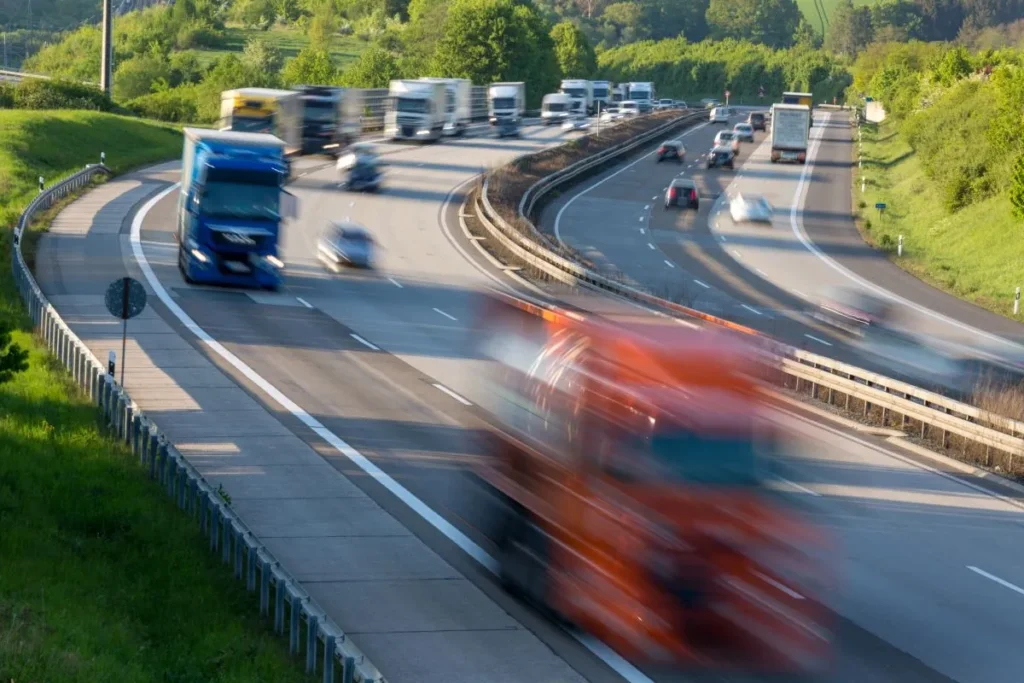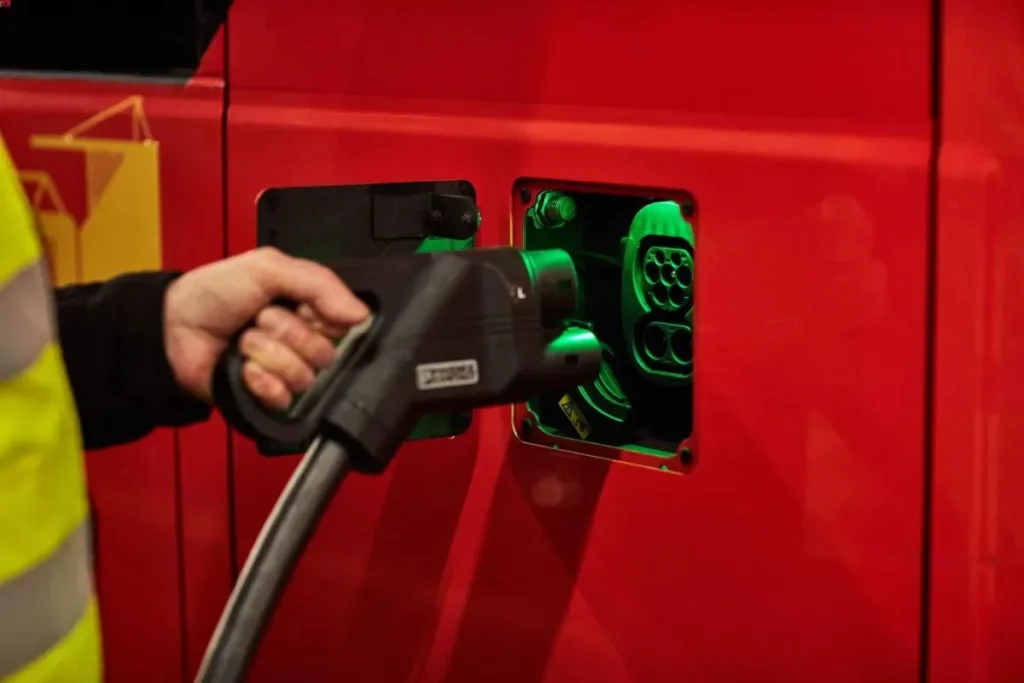Switzerland adapts the regulations to EETS, the European Electronic Toll Service.
The Swiss Bundesrat adopted a resolution on March 9, 2018, to introduce new amendments to the Regulation on charges on heavy goods transport (Schwerverkehrsabgabeverordnung – SVAV). It aims to adapt the national regulations to the introduction of the European Electronic Toll Service. According to the Bundesrat’s official communiqué, the changes that are to take effect on May 1, will facilitate the payment of tolls in Switzerland for foreign carriers. Namely, within the EETS they will be able to select a service provider and the device to service tolls, and pay the due fees to the Swiss customs administration EZV.
In addition, the Bundesrat’s resolution provides for a number of procedural changes – no fee will be charged for late payment, interest and interest rates will be governed by the regulation of the Swiss Finance Department (EFD).
Road tolls in Switzerland
The transport policy that has been in force for years in Switzerland aims to transfer a large part of freight transport from roads to rails. To protect the natural environment and the alpine landscape from the devastating impact of excessive truck traffic, the Swiss introduced the LSVA road tax in 1985. It applies to all trucks and trailers with a maximum permissible weight above 3.5 tonnes. However, vehicles that cross the rail transit route, as well as special vehicles, are exempt from this fee.
The amount of tax depends on the weight, kilometers driven and the emission class. Current LSVA rates after increases in early 2017 are:
– 3.10 centimes per tonne-kilometer for tariff category 1 / vehicles in EURO 0, 1, 2 and 3 emission class,
– 2.69 centimes per tonne-kilometer for tariff category 2 / vehicles in emission classes EURO 4 and 5,
– 2.28 centimes for tonne-kilometers to tariff category 3 / vehicles of the EURO 6 emission class.
In addition, in Switzerland, heavy goods vehicles must have an annual vignette, the price of which depends on the vehicle category, its weight, and duration of stay in the territory of the country.
Journeys with the following tunnels are subject to a separate fee:
– Furka, on the route Realp – Oberwald,
– Grand St. Bernard
– Lötschberg, on the Kandersteg – Goppenstein route,
– Lötschberg, on the Kandersteg – Iselle (I) route,
– Munt la Schera, connecting Zernez from Livigno (Italy).
EETS – European Electronic Toll Service
EETS is a service that provides electronic collection of tolls for heavy goods vehicles within the European Union. Thanks to the new solution drivers will be able to drive freely throughout Europe, and one interoperable box will be charged autonomously in one currency. It will no longer be necessary to have several devices, to buy a vignette or to queue in front of the gates. All settlements will be made on one invoice from the selected operator.
However, the European toll is optional and supplementary to the electronic toll collected on toll roads. The driver will, therefore, be able to decide for himself if he wants to use this option in areas where electronic toll systems exist. He will also choose a supplier with whom he will sign a contract.
Solutions for EETS
The companies T-Systems, Daimler AG and DKV Euro Service have joined forces to prepare EETS, the European Electronic Toll Collection Service.
Their box is ultimately intended to serve tolls across the EU. Users will be able to install the device themselves and transfer them between their vehicles (connection will be possible using the Plug and Play function without having to install devices in specialized workshops). In addition, convenient online registration and wireless configuration will be possible.
UTA
Another solution in the EETS system is offered by the UTA operator. This company’s box will operate in seven countries, i..e in Austria, Italy, Belgium, Spain, France, Portugal, and Poland. The operator announces that the device will be available at the end of the first quarter, while in the second half of 2018 it plans to expand the scope of its operation to include German highways. A year later, Hungary and Slovenia are to join the system.
Vialtis Telepass SAT
Vialtis Telepass SAT has launched a device that covers countries such as: France, Spain, Italy, Austria, Belgium, Portugal and Poland. The company plans to expand the scope of the device to Germany in autumn.
Shell
Shell also proposed a solution by offering euroShell fleet cardholders a new measuring device, which they will be able to use in seven countries: in France, Spain and soon also in Belgium, Portugal, Austria, Italy, and Germany (Herren tunnel).
Photo: Wikimedia/Adrian Michael CCA-SA 3.0



